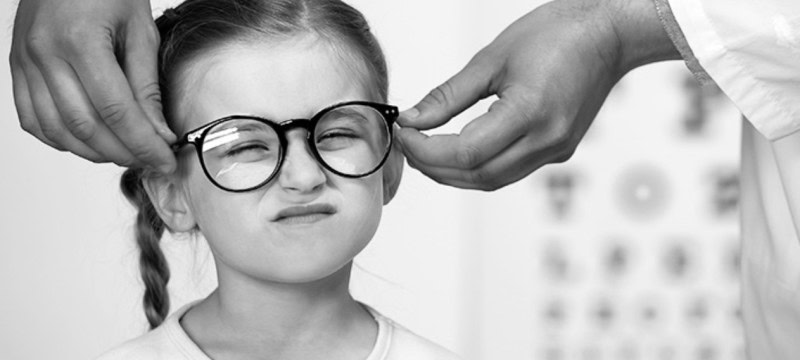A global study has revealed that one in three children is now short-sighted, or struggling to see distant objects clearly. Researchers have linked the rise in myopia to increased screen time and reduced outdoor activities during the COVID-19 pandemic.
Published in the British Journal of Ophthalmology, the study analyzed data from over five million children and teenagers across 50 countries. It highlighted a significant rise in short-sightedness since 1990, with the rate tripling to 36% by 2023. This increase became particularly pronounced after the pandemic, as lockdowns kept children indoors, worsening the situation.
Read More: Research Reveals Vaping’s Harmful Impact on Lung Health
Several factors contribute to the rise in myopia, including prolonged screen time, early education practices, and limited outdoor exposure. In regions like Singapore and Hong Kong, children often start school as young as two, engaging in more close-range activities that can strain their eyes.
The study also found that girls are more likely to develop myopia earlier than boys, likely due to earlier physical development and less time spent outdoors. Regions in Asia exhibit the highest rates of short-sightedness, with 85% of children in Japan and 73% in South Korea affected. In contrast, countries like Paraguay and Uganda report much lower rates at just 1%, while the UK, Ireland, and the US see rates around 15%.
Looking ahead, the study warns that by 2050, over half of the world’s teenagers could be affected by myopia, posing a growing global health challenge. Experts are concerned that high rates of myopia could lead to long-term eye conditions, such as retinal detachment and glaucoma, which could increase the burden on healthcare systems.
To combat this issue, eye health experts recommend that children spend at least two hours outdoors each day, especially between the ages of seven and nine, to reduce the risk of developing myopia. They also emphasize the importance of regular eye exams, particularly for children with a family history of short-sightedness, as myopia can be managed effectively with early detection and corrective measures like glasses or contact lenses.









